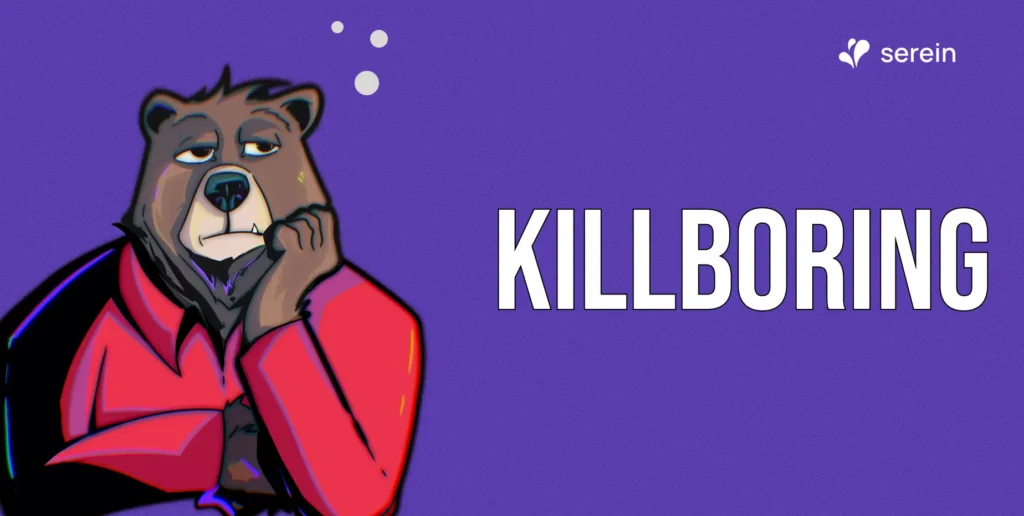The World Health Organisation estimates that 1.3 billion of 16% of the world’s population identifies themselves as people with disabilities. This includes both visible and invisible disabilities. Yet, disability inclusive communication continues to be misunderstood. People remain unsure of words or phrases to use and which ones to avoid.
What is the primary element that needs to be understood in this regard is the difference between people-first and identity-first language.
People and identity-first language
People-first language: People-first language emphasises the person first, not their disability. The key element is the usage of the word “with”. For instance, referring to people with disabilities, people with ADHD or an adult with a learning disability. This is usually considered the most preferred practice for disability inclusive communication.
Identity-first language: Identity-first language puts the disability first while referring to people. For instance, in this type of language you’d say a disabled person or a blind person. This method of communication is often discouraged as it invalidates the individuality of people outside of their disability.
Other things to remember
Apart from recognising the difference between people-first and identity-first language, there are some important strategies to remember for inclusive communication in teams.
- Identifying inappropriate terms and discouraging their use:
Widely used terms like “crazy”, “mad” or “retarded” are against practices of disability inclusive communication and are not appropriate for use in teams. They must be avoided at all times and must be discouraged strongly when others use it unconsciously.
- Not being condescending or too emotional
Inclusive language also means recognising and circumventing disability related microaggressions and stereotypes. At the same time it is important to not sound overly emotional and pitiful while addressing individuals with disabilities.
- Learning when you don’t know
When you are unsure of how to address a colleague with disability, observe how they refer to themselves in conversations and how others refer to them. This will help you gauge the preferred method.
Make inclusive communication an integral part of your team culture. Write to us at hello@serein.in.


